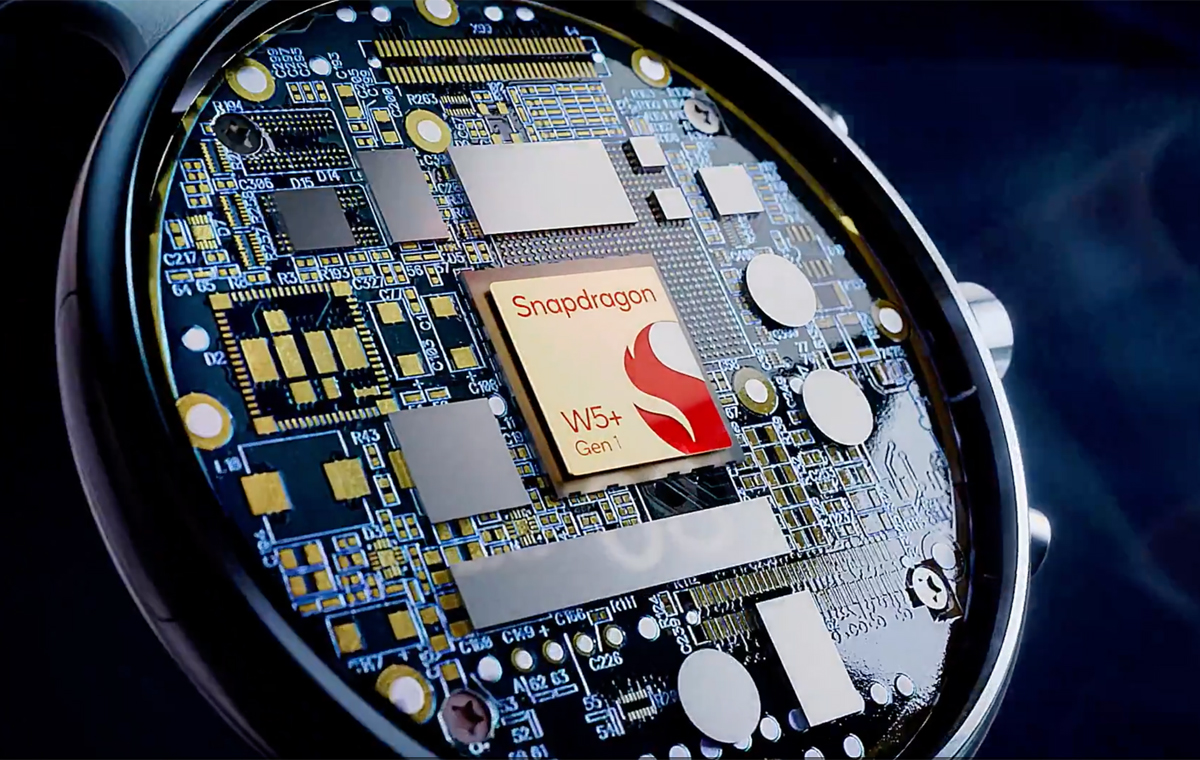Oppo beats Samsung Galaxy Watch 5 to new Snapdragon wearables upgrade
The new Qualcomm Snapdragon W5 and W5+ are faster, smaller and deliver vastly improved battery life


Qualcomm has unveiled the latest Snapdragon wearable processors to rival the Apple Silicon in the Apple Watch.
But while Oppo and Mobvoi have been quick to announce their best smartwatches yet with the new Qualcomm silicon inside – there are already 25 designs in the pipeline – one big watch firm is conspicuous by, so far, its absence: Samsung.
We don't know for sure what processor the Samsung Galaxy Watch 5 is going to be using, but if Samsung is going with its own Exynos silicon rather than the new Qualcomm Snapdragon tech, then it could be missing out on some important improvements.
That's because the new Snapdragon W5 Gen 1 and Snapdragon W5+ Gen 1 are significant upgrades to Qualcomm's existing wearable engines, with big improvements to power consumption, performance and battery life. Let's take a closer look at the new tech and why it's desirable.
What the W5 Gen 1 and W5+ Gen 1 mean for the best smartwatches
The new Snapdragons use a 4nm process and has been built with portable power in mind. They deliver twice the performance as the current generation while using half the power, and they're 30% smaller too. That last attribute in particular is going to be warmly welcomed by wearable makers: when you're trying to cram an entire computer into something the size of a Babybel cheese, making the silicon so much smaller is a very big deal. And Qualcomm is helping them out with ideas, too: there are reference designs from Compal and Pegatron to help manufactures develop new products more quickly by doing some of the legwork for them.
In addition to faster performance and much better battery life three's also Bluetooth 5.3, special low power states and low power islands for features such as Wi-Fi and Audio. Islands are parts of a system on a chip that can run at different voltages in order to operate without draining too much power.
According to Google's Bjorn Kilburn, director of Wear OS at Google, "With the Snapdragon W5+ platform, we're excited for what's possible in bringing new levels of performance, capability and battery life to Wear OS smartwatches." I'm excited too: this is a big leap forward in wearable tech, and I'm intrigued by the lack of Samsung in the press release: is it going to stick with Samsung silicon, or will the next generation of the Galaxy Watch come with the new Snapdragons instead? We'll find out for sure on 10 August.
Get all the latest news, reviews, deals and buying guides on gorgeous tech, home and active products from the T3 experts
Writer, musician and broadcaster Carrie Marshall has been covering technology since 1998 and is particularly interested in how tech can help us live our best lives. Her CV is a who’s who of magazines, newspapers, websites and radio programmes ranging from T3, Techradar and MacFormat to the BBC, Sunday Post and People’s Friend. Carrie has written more than a dozen books, ghost-wrote two more and co-wrote seven more books and a Radio 2 documentary series; her memoir, Carrie Kills A Man, was shortlisted for the British Book Awards. When she’s not scribbling, Carrie is the singer in Glaswegian rock band Unquiet Mind (unquietmindmusic).
